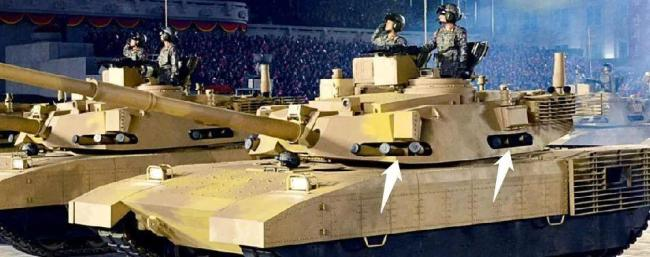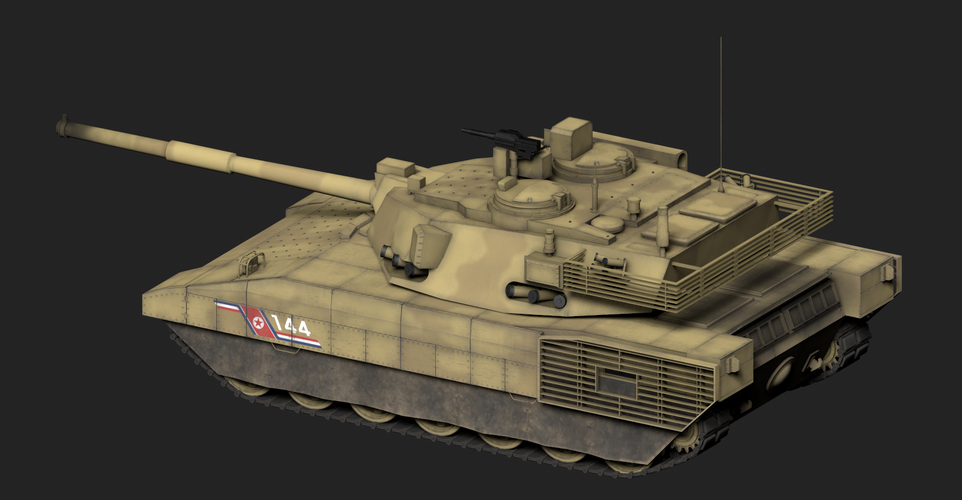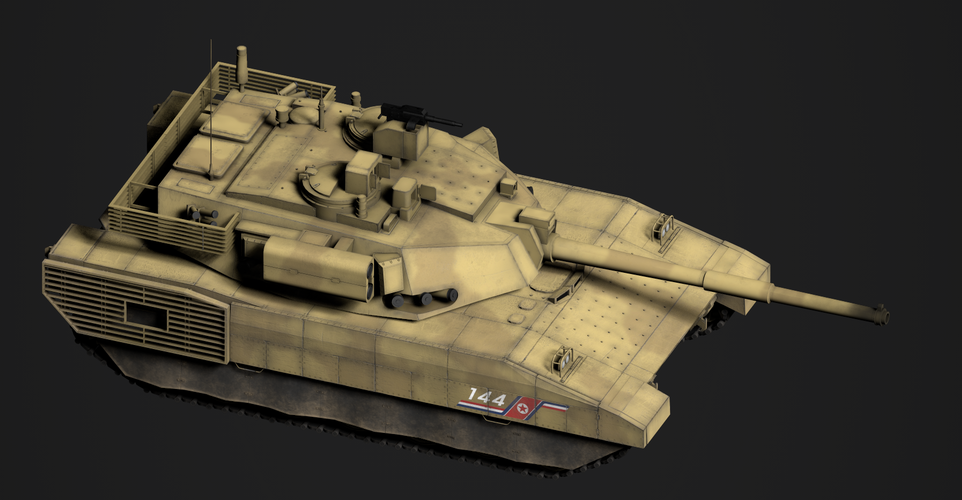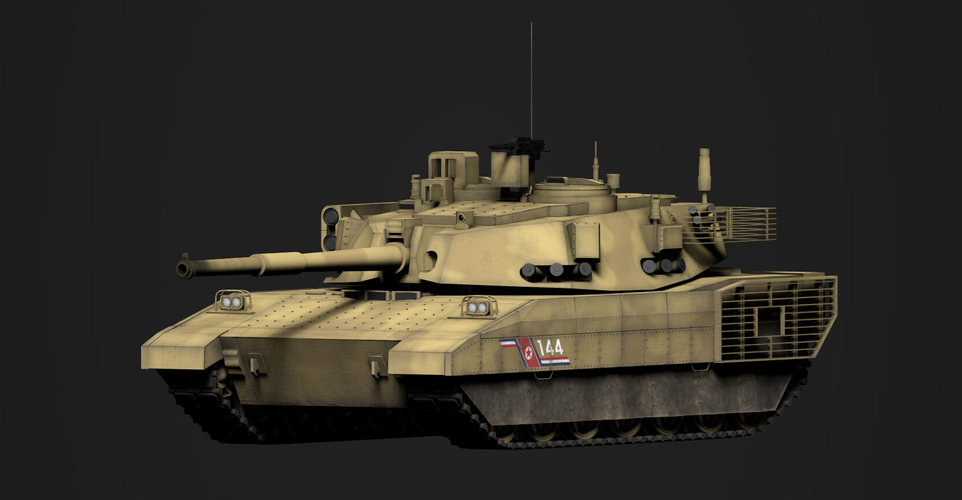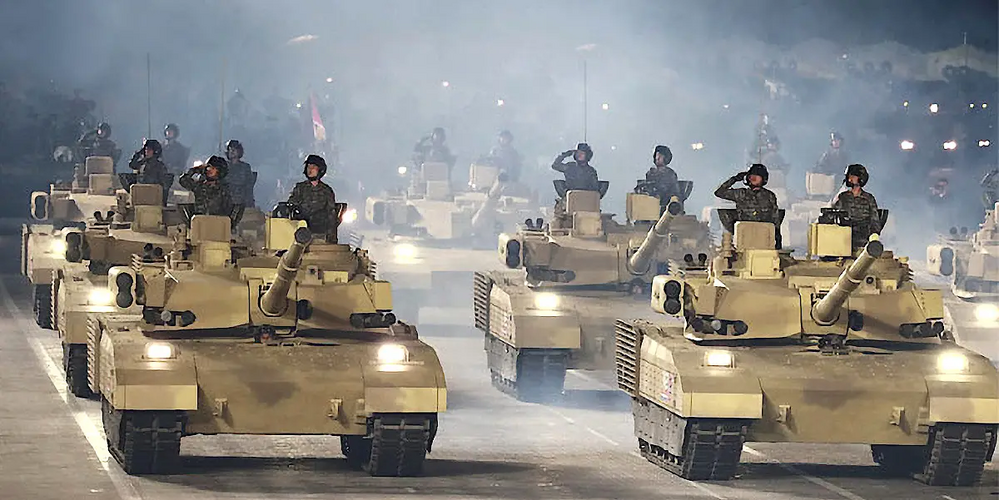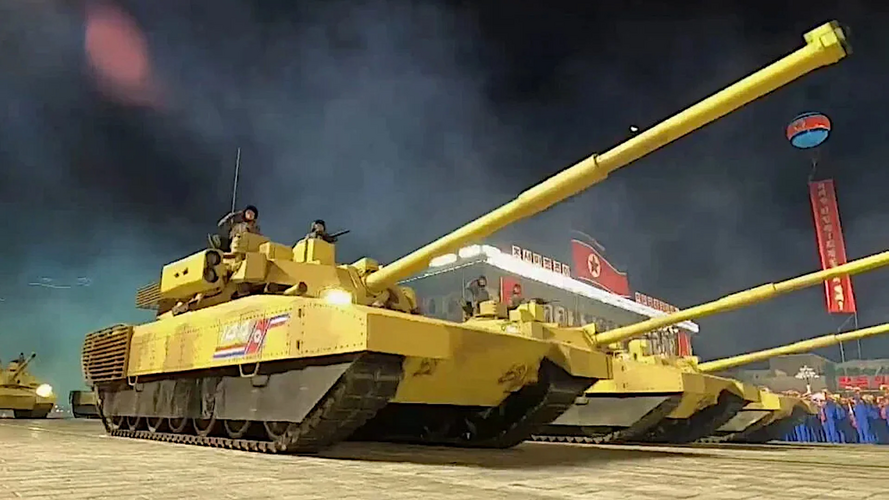Considering that some First World countries have trouble keeping their bridges intact, I'd not bee too hard on Korea or Japan. (...)
what does the above have to do w/ Asian tanks?
I would assume that bridges are important for mobility of heavy vehicles - including tanks...
Good points here. There's a fundamental difference in how the ROKA and JGSDF moves their tanks around. Korea heavily relies on the rail freight when moving their AFVs around the country, well, because they can. On the other hand, Japan solely relies on flatbed oversize trailer trucks. Korea does so too, but they have an added flexibity from another option.
Hence the Japanese are more limited when it comes to moving tanks over bridges, which was the main limitation for Type 10's weight.
The most common reasons I've been reading is that its designed to replace the Type 74 and has a focus on urban combat. However other urban oriented afvs I've seen tend to be heavier and more armored no?
"Urban combat", but the difference being if you are fighting in enemy's cities or in your own cities. There's a huge difference in implication.
well on the subject of weight and Asian tank designs. the Type 10 and K2 are fundamentally different.
the Type 10 is designed to supplement the Type 90. The Type 90 was intended to stay mostly north in Hokkaido which is larger, flatter, and colder. the Type 10 was designed to be lighter, smaller, and more suited to the rest of Japan which isn't so much tank country. Thats why its around 40-48 tons depending on load.
The K2 is a more traditional tank similar in size to the LeClerc.
While both countries have less than ideal geography for Tanks, South Korea is a bit better in that regard compared to 3 out of 4 Japan's main islands.
My 2 cent on the Japanese Type 10.
More especially on the weight and bridge topic.
According to Japan, the heavier Type 90 is used in area where there is less to no bridge because around 2/3 of Japanese bridges are deemed unpracticable for the Type 90 due to its weight.
In the western world, and more precisely in Europe, I remember reading that the issue plagues "only" around 40% of bridges.
Basically, Type 10 is made to replace the older Type 74.
I think that the Type 90 deserve some upgrades or new models, but the production stopped in 2009, so I don't think it will happen.
It's once again geography, and time. Type 90 was devloped in 70s and 80s. Main threat? Soviet amphibious forces and airborne troops from the North, landing on Hokkaido. The former will land with MBTs and amphibious AFVs while the latter with airborne AFVs. Hence it was mostly only used in Hokkaido, and there was no need for strategic mobility outside of the Northern Island. Bridges in Honshu can't handle the weight? Who gives a damn. But it better be able to defeat any Soviet armoured threats. If needed, they will be sealifted to Honshu.
The case for Type 10 is different. Development of TK-X started in the 21st century. Main threat noted were hostile SPECOPS, terrorist, and other kinds of unconventional threats. Chinese were not a major consideration. It has to be able to deploy anywhere in Japan, guaranteeing operational flexibility. A bridge that a flatbed trailer with Type 10 atop cannot pass? That's a no-go.
I think the TK-X was developed during a bit of an unfortunate time for its developers. They wouldn't have had much clue about what they need to design, since the future threat was too opaque. So they built the most general tank possible for the given limitation, which was weight. It's going to be better than Type 74 anyway. The technology that went into it is really cutting edge, such as the Hydrodynamic transmission or its C4I system, but I think its developers would've designed quite a different vehicle if they knew how things would be in the APAC region from late 2010s/during 2020s. For most of the CONOPS mentioned for the Type 10, MCV is frankly straight up better, hence there was the issue of deciding between either the Type 10 or MCV (although this was more of a legal problem with a touch of MoF folks).
Though that doesn't mean that I think it's a bad tank. It could be quickly mobilized from their bases to nearby ports and get sealifted to Nansei Islands or stationed there in cases there's an escalation. I'm just not sure if what Type 10 is, is the most optimal design for the defence of Nansei Islands.
For better or worse, Korean tank designers never had this problem. They needed to, needs to and will need to design a tank with 3 things in mind : first, that the Korean penninsula is a mountainous region, second, when the "situation" comes into play, the tanks will need to defend south of DMZ, around FEBA, then push all the way up until Yalu river, and third, that it has to be better than the tank the PLA NTC will be using in the near future.
It is basically the only place on Earth where Cold War never ended. It is then obvious that K-2 might be an attractive option for armies outside of Korea under the "new Cold War".


